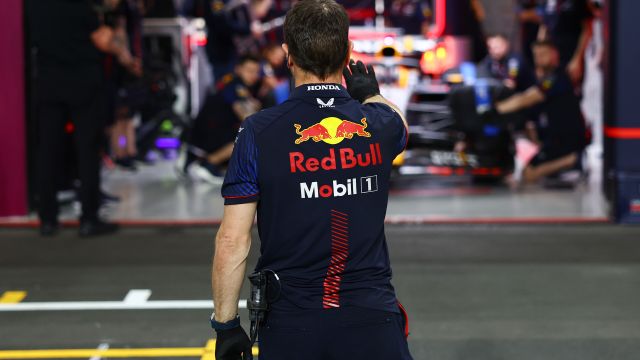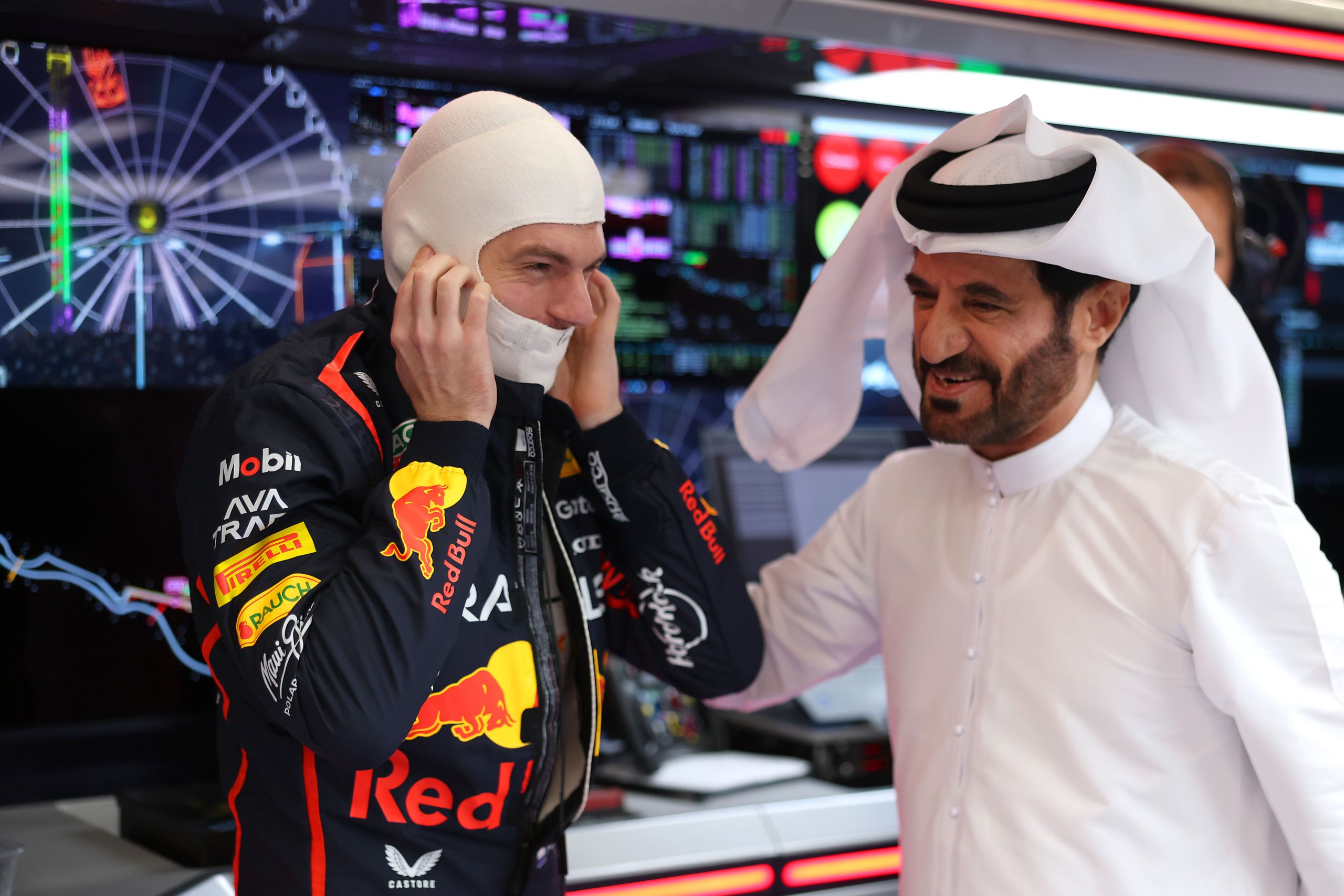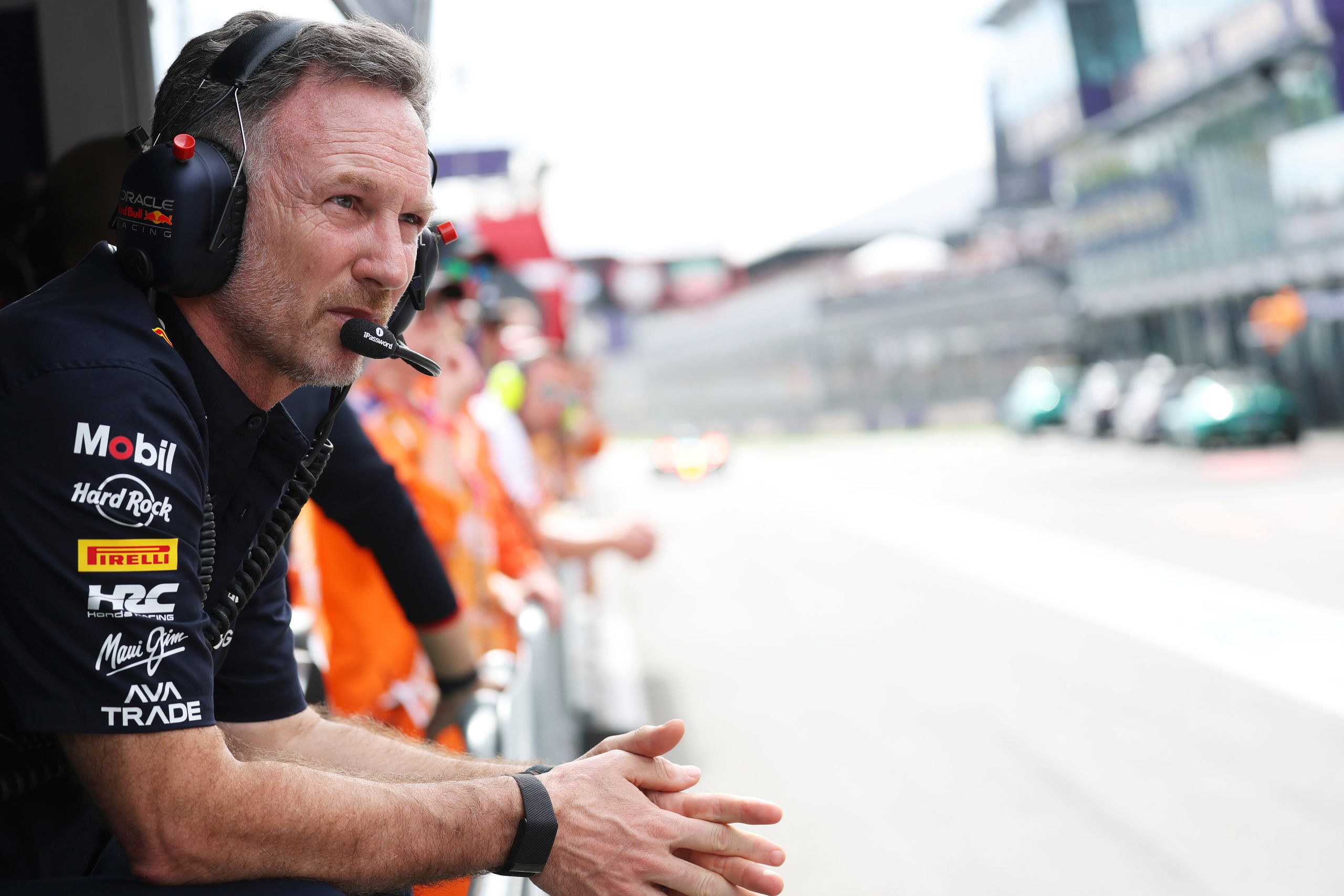The Science of Formula 1 Qualifying: Data-Driven Performance Boosts


Formula 1 racing is a high-stakes, fast-paced sport where every second counts. In the quest for optimal performance, teams rely heavily on advanced data analytics to fine-tune their vehicles and driver strategies. In the world of Formula 1, performance encompasses various aspects like lap time, downforce, tyre degradation, power unit output, and more. Hence, it is crucial for teams to analyse and optimise these factors to stay competitive during qualifying sessions.
One key aspect of Formula 1 qualifying is the analysis of data from practice sessions to make data-driven predictions about the positioning of cars in the main race. Teams closely monitor several factors, including the impact of fuel and tyres on lap time, which largely depends on characteristics of the circuit. This information helps them make informed decisions on tactics and adjustments to yield maximum speed and better car handling during qualifying sessions.
Formula 1 leverages the power of cloud-based high-performance computing platforms like Amazon Web Services (AWS) to develop advanced aerodynamic simulations. By doing so, they increase the efficiency of developing future generations of Formula 1 cars with reduced downforce loss, contributing to overall better vehicle and driver performance. The fascinating science behind qualifying strategies in Formula 1 highlights the crucial role of data analytics and technology in this intense and truly cutting-edge sport.
The Importance of Formula 1 Qualifying
In Formula 1, qualifying holds significant importance as it determines the starting positions for the drivers in the race. The driver with the fastest time secures the pole position, which can provide a critical advantage in the competitive world of F1 racing. A good starting position can impact a driver’s chances of winning or securing valuable championship points.
Formula 1 qualifying consists of three knockout stages: Q1, Q2, and Q3. All drivers participate in Q1, battling to set the fastest lap time. The top 15 drivers from Q1 advance to Q2, while the slowest drivers are eliminated. In the second stage, Q2, the top 10 drivers move on to Q3, while the drivers from 11th to 15th receive their final starting position based on their best lap time in Q2. Q3 then determines the order of the top 10 starting positions, with the fastest driver achieving pole position.
Teams gather a wealth of data during the qualifying sessions, which they use to optimise the car setup and race strategy. Data points such as tyre wear, grip levels, aerodynamics, and fuel consumption are analysed to make adjustments to the car as required. Moreover, teams monitor the performance of their drivers under varying conditions by considering factors like track temperature and weather changes.
Real-time data analysis is crucial for teams to make informed decisions throughout the qualifying process. They must balance the trade-off between preserving the car and tyres for the race and ensuring a competitive starting position on the grid. Additionally, teams are well aware that track performance can shift on a lap by lap basis, making it essential to adapt and react to the changing conditions rapidly.
In conclusion, Formula 1 qualifying is a critical aspect of the race weekend, blending the right mix of speed, strategy, and data analysis. A strong qualifying performance not only secures a favourable starting position but also provides teams with valuable data to optimise their car’s setup and enhance their race strategy.
Understanding the Data Factors
In the highly competitive world of Formula 1 racing, teams rely on data analysis to improve their performance during the crucial qualifying sessions. This section explores various data factors that are taken into consideration by teams to make data-driven decisions. These factors include weather conditions, track characteristics, car performance, and driver behaviour.
Weather Conditions
Weather plays a significant role in Formula 1 qualifying. Teams must gather accurate weather data to adjust their strategy according to the conditions. Factors such as temperature, humidity, wind direction, and rainfall can impact a car’s performance and driver’s visibility on the track.
- Temperature: Ambient and track temperatures, as well as tyre temperature, can greatly affect tyre grip and, in turn, lap times.
- Humidity: High humidity can reduce engine performance and influence tyre behaviour.
- Wind Direction: Gusty winds can compromise aerodynamics and change braking points, affecting overall car balance and lap times.
- Rainfall: Wet track conditions considerably change a car’s performance, necessitating different tyre and setup choices.
Track Characteristics
Formula 1 tracks differ in design, surface, and elevation, leading to varied car setups and tyre strategies. Understanding these characteristics is essential for teams to achieve optimal performance during the qualifying sessions.
- Track Design: The circuit layout, corner types, and straight lengths influence car setup and driving style.
- Surface: Track surface materials, smoothness, and grip can impact tyre wear and overall performance.
- Elevation: Changes in altitude and track incline can affect downforce and engine power, requiring specific car setup adjustments.
Car Performance
Teams constantly monitor car performance metrics to identify areas of improvement and optimize car setup for qualifying sessions. Some key parameters include:
- Aerodynamics: Adjusting aerodynamic elements, such as wings and bodywork, for optimal downforce and drag balance.
- Suspension: Ensuring proper load distribution and car balance through the setup of springs, dampers, and anti-roll bars.
- Engine and Gearbox: Fine-tuning engine mappings and gear ratios for optimal performance within the limitations of fuel consumption and engine reliability.
- Tyre Management: Selecting appropriate tyre compounds and strategies to maximize grip and durability during the qualifying session.
Driver Behaviour
Finally, driver behaviour and decision-making can have a significant impact on qualifying performance. Teams analyse driver telemetry data to identify areas of improvement, such as:
- Braking Points: Finding optimal braking points to maximize cornering performance.
- APEX (mid-corner) Speed: Maintaining optimal speed through corners to minimize lap time.
- Acceleration: Managing throttle application and wheel spin out of corners to enhance traction and exit speed.
- Consistent Lap Times: Maintaining a high level of consistency in lap times ensures optimal tyre management and overall performance.
Data Collection Techniques
In the high-speed world of Formula 1, data collection plays a crucial role in improving performance and staying competitive. This section explores various data collection techniques used by teams to gather information during the qualifying sessions.
Sensors and Telemetry
Modern Formula 1 cars are equipped with hundreds of sensors which monitor various aspects of the vehicle’s performance. These sensors gather real-time data on factors such as speed, acceleration, tyre temperature, engine performance, aerodynamics, and more. This valuable information is transmitted via telemetry to the team’s pit wall and engineering crew. Some key statistics from Formula 1 sensor data collection are:
- A car carries around 300 sensors onboard.
- Approximately 1.5 terabytes of data are generated during a race weekend.
- A two-car team produces 11.8 billion data points over a race season.
With such a wealth of information at their disposal, teams can make informed decisions on strategy and refine car setups for improved performance during qualifying sessions.
Video Analysis
Besides sensor data, teams also make use of video analysis to study different aspects of their car’s performance. Onboard cameras provide real-time footage which can be reviewed for insights on areas like driver technique, chassis dynamics, and the efficiency of aerodynamic elements such as wings and diffusers.
Video analysis can also be useful to study competitors’ cars, potentially identifying opportunities for performance gains or replicating successful design features. This approach complements quantitative data analysis by providing a visual assessment of the car’s behaviour during qualifying sessions.
Driver Feedback
Another crucial aspect of data collection is the drivers’ feedback. As the individuals with the most intimate knowledge of how the car is performing during the qualifying session, their insights help inform the team’s strategy and setup adjustments.
Driver feedback can cover areas such as handling, tyre grip, and engine response. By combining this qualitative input with quantitative data from sensors and video analysis, teams can make a more comprehensive assessment of their car’s performance and optimize it for the crucial final moments of qualifying.
Data Analysis and Performance Improvement
In the world of Formula 1, data analytics plays a crucial role in enhancing performance and achieving optimal results during the qualifying sessions. Teams extensively rely on data to make informed decisions and refine their strategies. In this section, we shall explore how data analysis contributes to performance improvement through Simulation and Modelling, Strategy Optimisation, and Driver Coaching.
Simulation and Modelling
Simulation and modelling techniques are vital tools for Formula 1 teams, as they enable engineers to analyse vast amounts of data collected from the cars during practice sessions, races, and in wind tunnels. This data helps predict performance under various conditions and assess each component’s impact on overall performance, such as aerodynamics and tyre degradation.
By leveraging data analytics, teams can gain valuable insights into potential areas of improvement and identify weak links in the car’s design. Furthermore, advanced modelling software allows engineers to create virtual models of the car, enabling alterations and testing of new components before implementation on the actual car.
Strategy Optimisation
Effective strategy optimisation plays a critical role in achieving success in Formula 1 qualifying sessions. Teams use historical data and real-time telemetry to select tyre compounds, manage fuel consumption, and determine pit stop strategies during the race.
Moreover, data-driven analytics also enables efficient decision-making concerning track conditions, weather forecasts, and the performance of other teams. For example, this information can help identify the optimal time to make a pit stop or overtake a competitor. Consequently, effective strategy optimisation adds immense value to a team’s overall performance in the qualifying sessions.
Driver Coaching
Another crucial aspect of performance improvement is driver coaching. Data analysis provides insights into a driver’s strengths and weaknesses by evaluating their lap times, braking points, acceleration patterns and other essential performance indicators.
These data-driven evaluations can guide drivers to make necessary adjustments and improve their performance on the track. Coaches can also use the insights to design personalised training programmes and offer targeted feedback, ultimately enabling drivers to maximise their potential.
In conclusion, the integration of data analysis has revolutionised the way Formula 1 teams approach performance improvement in the qualifying sessions. By utilising comprehensive data analytics, teams can continuously enhance their cars, strategies, and coaching methods to secure the best possible results during the races.
Challenges and Future Developments
Technological Advancements
Formula 1 is constantly evolving, and teams rely heavily on cutting-edge technologies to enhance their qualifying performance. Data analytics plays a significant role, enabling teams to optimise their cars for each race. With roughly 80,000 components in a Formula 1 car, about 90% of them are replaced throughout the 23-race season to achieve optimal results.
As technology continues to advance, the potential for even more efficient use of data in Formula 1 grows. Teams are investing heavily in their IT operations to meet the demands of current and future challenges. Developments such as artificial intelligence, machine learning, and the Internet of Things may soon play a more significant role in Formula 1’s data-driven decision-making.
Regulations and Restrictions
While technological advancements push the boundaries of performance, Formula 1 teams must also navigate a complex landscape of regulations and restrictions. Governing bodies such as the Fédération Internationale de l’Automobile (FIA) enforce these rules to ensure fair play and maintain the sport’s competitive spirit. As a result, teams have to strike a delicate balance between harnessing technology for a competitive advantage and adhering to these regulations.
For example, the rules governing the engine and power units in Formula 1 cars have evolved significantly over the years. The introduction of hybrid power units has increased efficiency and pushed the limits of engine technology while complying with regulatory constraints.
As Formula 1 continues to develop, the challenge for teams will be to stay agile and adapt to new regulations while making full use of rapidly evolving technology to improve their performance on the track.
Before you go…
If you’re wondering how Formula 1 qualifying works and the differences between a ‘standard’ qualifying and a Sprint Race weekend, we have put together a complete guide to F1 qualifying for you.
Related Articles
Breaking Down the Formula 1 Qualifying Rules: Understanding Penalties, Disqualifications, and More





